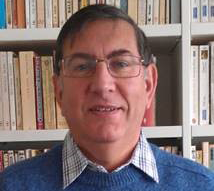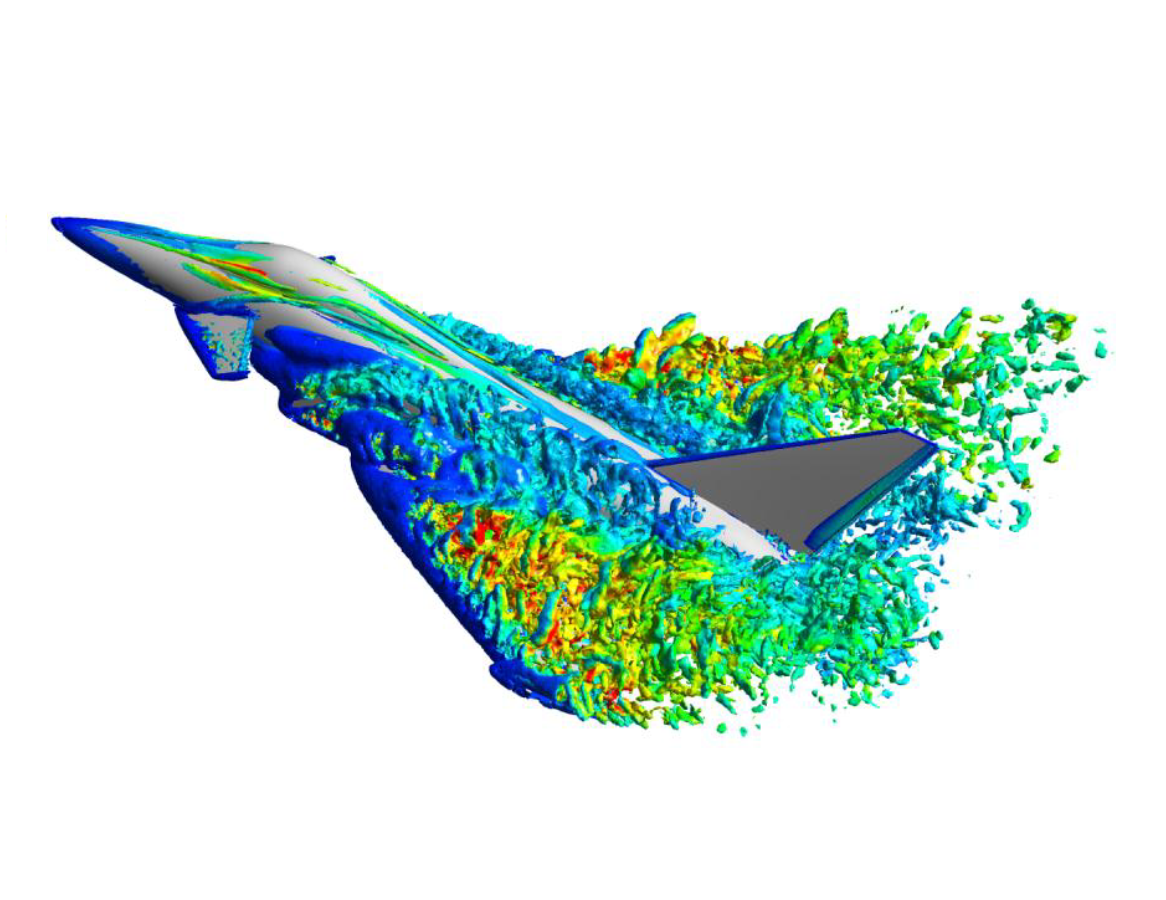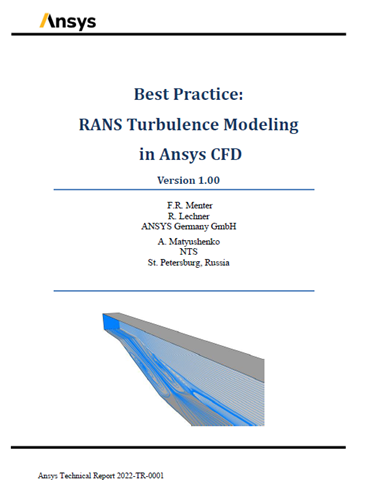
Almost every flow I encounter is turbulent - ranging from the waves on a beach, the wind whistling past the balcony on a stormy day or flow from the fan keeping me cool right now. They are all characterized by highly unsteady flow with a wide range of sizes of turbulent eddies that have very different lifetimes. If I had a huge computer running thousands of times faster than they can now, I could simply solve the Navier Stokes equations on a very fine mesh and know everything about the flow. This process, called Direct Numerical Simulation (DNS), is totally impractical now for realistic industrial applications (and I daresay will remain impractical for the immediate future).
One way to make these complex fluid dynamics problems more tractable is to resolve only the large-scale turbulent eddies and model the rest using a subgrid-scale viscosity. This process, known as Large Eddy Simulation (LES) is much more tractable, but again becomes totally impractical in the presence of walls. If the problem is approached from the opposite extreme, a model that averages out all the turbulence information and solves the Reynolds-Averaged Navier Stokes (RANS) equations can be constructed. Typically, these involve solving two extra transport equations, with the most widely used being the Shear Stress Transport (SST) model. In this case, only modest spatial resolution is needed and steady behaviour, corresponding to the mean flow, can be captured. If these equations are run in transient mode (the so-called URANS equations, where U stands for unsteady), more information can potentially be captured but the computed frequencies will be incorrect.

Fortunately, Dr Florian Menter and his team from Ansys have dedicated their careers to advancing turbulence modelling approaches and have produced a very elegant solution to this exact problem. It is called the Stress-Blended Eddy Simulation (SBES) approach and makes use of the best models in one single scale-resolving simulation. With the SBES method, RANS models are used to generate an eddy viscosity in wall regions and zones of low interest, such as regions with coarse grids near the outlet. In regions of fine mesh, located in zones where you want to obtain accurate transient data, it uses an LES model. As the name suggests, the eddy viscosity from the RANS model and subgrid viscosity are blended with a fast transition.
Let’s consider some examples for context. In our fan example, a fine mesh around the fan can be used to determine the noise generation but a coarser mesh around my computer can be applied so the heat transfer is captured using the SST model. Running the whole model in LES would result in wall functions being applied that gives much worse results than those from the correctly applied SST model. However, similarly using the SST model for the entire calculation would give a noise spectrum that is completely artificial.
Ansys have many examples of such simulations but the following one will serve to illustrate the typical usage of the model. Flow around a car, be it a family saloon or a race car, has regions where the RANS approach works extremely well and wakes where the LES approach is needed. The example given in Figure 1 below highlights the regions where there is unsteady flow and use of LES to capture the drag or noise generation is required. The beauty of the SBES model is that provided the mesh is appropriate the transition happens seamlessly.

Figure 1: Q-criterion plot of flow around a car showing the regions where the model has transitioned into scale-resolving mode. Courtesy of Florian Menter.
LEAP recently hosted a webinar that included an overview of the SBES model construction, then focused on the application of the SBES model, and in particular the expertise needed to use it properly for industrially-relevant applications. The recording of the first part of this webinar is available here:
During the webinar, Gary Brown from ALCOA of Australia discussed his use of the SBES model to study the flow and mixing in a precipitation vessel. Over the last few years, in addition to his work at Alcoa, he has also undertaken a part-time PhD at the University of Western Australia and studied a wide range of turbulence modelling approaches and has shown his use of the SBES model leads to vastly improved predictions compared with URANS modelling. Unfortunately, this section of the webinar could not be shown – but we refer anyone interested to his published papers as noted towards the end of the recording above).

Figure 2: Resolved turbulence structures in a vessel, coloured by the Courant number. The production of vortical structures at the base of the vessel and their subsequent breakdown as the fluid moves upwards is evident.
The figure is taken from G.J. Brown, D.F. Fletcher, J.W. Leggoe and D.S. Whyte, Application of hybrid RANS-LES models to the prediction of flow behaviour in an industrial crystallizer. Appl. Math. Model., 77, 1797-1819, (2020).
The second invited speaker was Associate Professor Kiao Inthavong, from the School of Engineering at RMIT, who leads a research group studying many aspects of nasal inhalation and drug delivery.

Figure 3: Local turbulence structures at different times in the breathing cycle. Taken from K. Bradshaw, P. Warfield-McAlpine, S. Vahaji, J. Emmerling, H. Salati, R. Sacks, D.F. Fletcher, N. Singh and K. Inthavong, New insights into the breathing physiology from transient respiratory nasal simulation. Phys. Fluids, 34(11), 115103, (2022).
Kiao’s team has been performing novel work to understand the impact of locally generated turbulence in parts of the nasal passage. The ability of the SBES approach to cope with Reynolds numbers varying from zero through transitional to turbulent has been demonstrated and some excellent validation has been performed. Part 2 of our webinar recording below includes Kiao’s presentation.
Florian Menter and his team produced two very impressive and useful Best Practice guides for Scale Resolving Simulation and the new unified two equation GEKO model (note: link takes you to the White Paper - contact LEAP for access to the GEKO BPG).
There is also a third Best Practice Guide has just been released that covers RANS turbulence modelling and fills in all the background to these approaches that really matters. The guide is 90+ pages in length and provides comprehensive coverage of all the well-known One equation, Two equation and Reynolds stress models that are implemented in the ANSYS CFD software packages.







